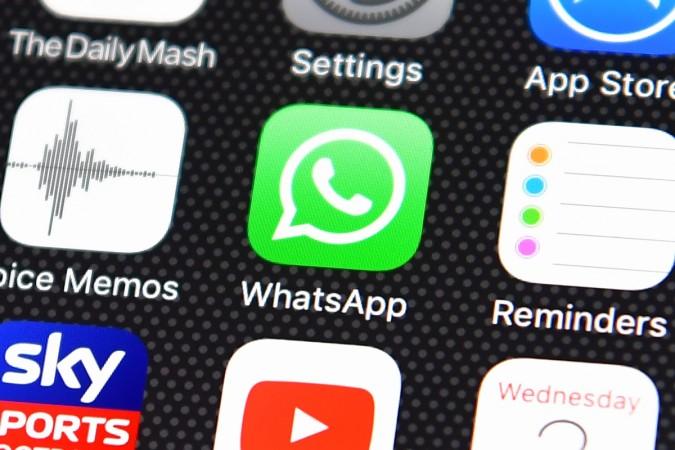
With multiple digital payments option in the market, its often difficult to decide which one's the best and most importantly, is it safe?
The popular messaging platform WhatsApp, earlier this month, launched its payment option in India, a move that is likely to threat the dominance of country's largest digital payments brand Paytm.
Here's a quick look at what Paytm and Whatsapp payments are offering in terms of security, convenience and reach:
Security
Whatsapp beta version doesn't have a mandatory signin process unlike paytm but you case use safeguard option through two step verification process and since its a unified payments interface (UPI) based app, you have to enter UPI pin for every transaction, making it as secure as any other UPI transaction.
Convenience
Paytm's Founder Vijay Shekhar Sharma recently expressed his concern about how Whatsapp is killing an open platform.
Through an open platform, an HDFC Bank customer can transfer money to ICICI Bank or even Paytm via the same platform.
While the iOS version of Whatsapp does restrict fund transfer only to Whatsapp contact, the Android version allows payments to any virtual payment address linked to any bank account.
Reach
WhatsApp currently does not allow UPI payments to those who are not on WhatsApp — whereas the National Payments Authority of India's (NPCI) rules for UPI state that interoperability is key to the system, i.e., a user with a UPI account should be able to transfer to another UPI address irrespective of platform.
As of now, the beta version of Whatsapp is limited to only 1 million users as per the directives of NPCI, the UPI regulator and umbrella body for all retail payments in India.
What about Google Pay?
Google has also come up with a new payment app called Google Pay for Android users but is currently available only to users in the U.S. and the UK.
One interesting fact about Google Pay is its integration with other Google apps. This means users will be able to access its features from other Google apps, be it Chrome, Play Store or even Google Assistant.









!['Had denied Housefull franchise as they wanted me to wear a bikini': Tia Bajpai on turning down bold scripts [Exclusive]](https://data1.ibtimes.co.in/en/full/806605/had-denied-housefull-franchise-they-wanted-me-wear-bikini-tia-bajpai-turning-down-bold.png?w=220&h=138)



